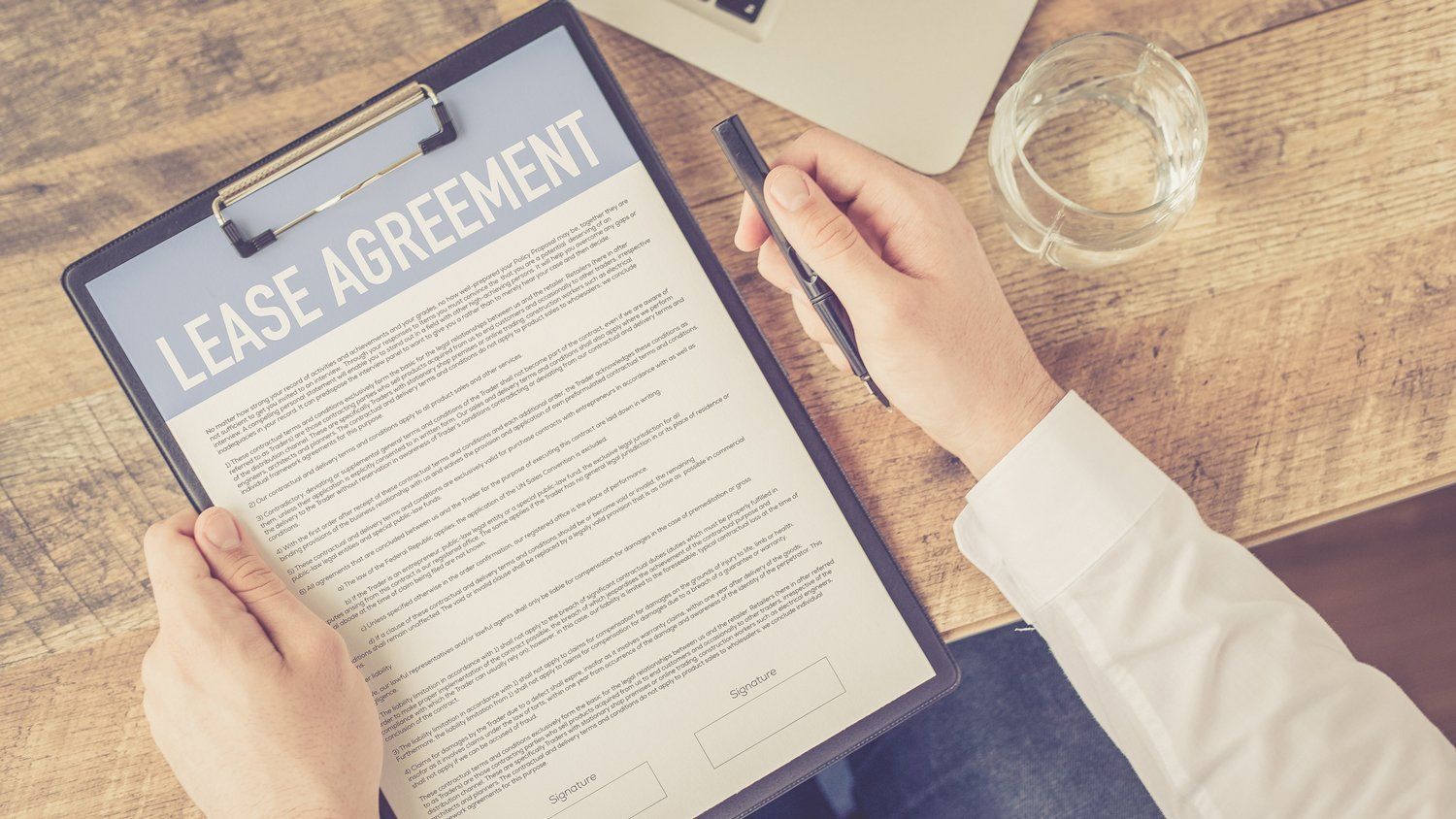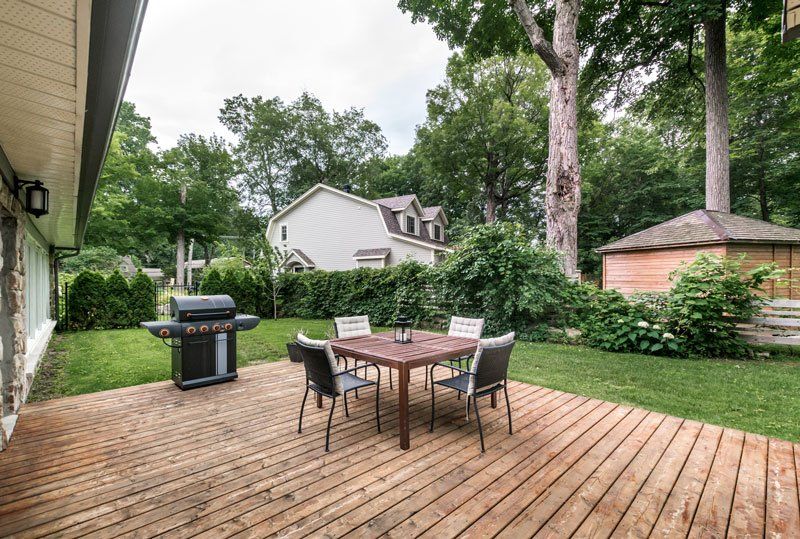
Buying Residential Land? 6 Things to Learn About It First
- By Admin
- •
- 02 Oct, 2020
- •

When you shop for a vacant lot in order to build your own home, you have a vast array of choices. Unencumbered by the traditional concerns of existing home shoppers, you can focus on the few key elements of the right piece of land. To help you hone in on what you need to know specifically about empty land, discover six things every land buyer needs to find out ahead of time.
1. Access
Access to your land is an issue that only rural land buyers largely face. City dwellers may not expect that problems might exist in getting to and from their plot or in getting utilities to it. But every homeowner should ensure that this basic issue will not be a problem. If access to public roads and the presence of utility connections is not obvious, be sure to ask.
2. Zoning
City or country rules dictate what you can build and how you can use it. Clearly, if you look at a lot inside a planned subdivision, you can generally count on being able to build a home on it. But those purchasing land not part of an established area may need to clarify that their plans will be allowed based on zoning rules.
3. Restrictions or Covenants
Deed restrictions are privately agreed on rules about what you can and cannot do with a piece of property. These rules are on the deed rather than based on general city zoning. They may also come from a homeowners association (HOA) the lot is part of.
Such restrictions or HOA covenants are a big factor for anyone planning to build their dream home. They may cover everything from where you can place the house to its exterior color. So you want to research these in detail before deciding to purchase a lot subject to them.
4. Flooding
You can learn about the potential for flooding on your property in several ways. First, talk with the agent or builder directly. You may also find information on the land map or plat already on file. Flood agencies offer more general guidance, although these are not always updated often. Finally, if you still are not convinced you understand the full flood situation, arrange for a land survey (which may be a good idea anyway).
5. Environmental Issues
Test a piece of land for its environmental situation. This would include testing groundwater and soil for contaminants and condition. If your neighbor's farm operation, for example, has leeched chemicals downhill into your soil, you need to know. And soil condition may also give information about its propensity to flood.
Ground testing is a more obvious concern for certain parcels - such as those with a prior commercial history - but problems are often hidden. Do not assume your soil is fine just because it has been used only for residential purposes.
6. Easements
Easements are legally allowed uses of your property by other parties. Some easements, such as utility placements, benefit you and are required. Other easements can occur when neighbors need access to their homes through your property, when others have used a spot for many years, or when it would be too difficult to remove structures. Remember that an easement will limit your full use of the land.
Clearly, a piece of empty land has its own unique concerns. The more you know about what to look for before setting your heart on a property, the more confidence you will have as you shop. Want to know more about land buying? Start by meeting with the property pros at Realty One Group Heritage today.










